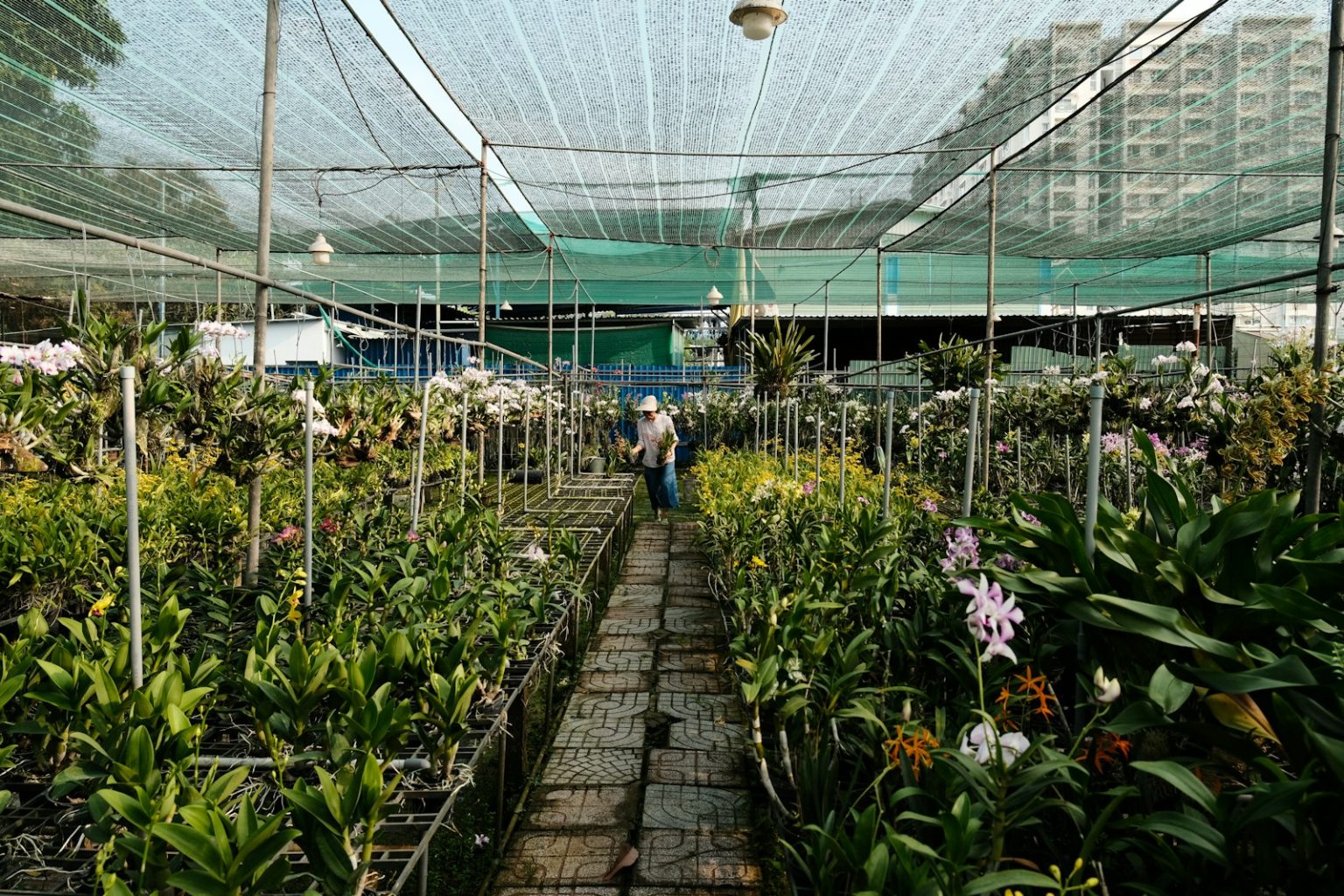The demand for native plants used in rewilding projects is surging across the country, creating a supply gap that plant nurseries are racing to fill. Conservation organizations, government agencies, and private landowners are increasingly turning to rewilding—the restoration of ecosystems with native species—but nurseries report they cannot produce plants quickly enough to meet this accelerating need.
This imbalance between supply and demand has created bottlenecks in restoration projects nationwide, with some initiatives facing delays of months or even years as they wait for appropriate native plant stock to become available.
The Native Plant Production Challenge
Native plant nurseries face unique production challenges that make rapid scaling difficult. Unlike conventional ornamental plant production, growing native species requires specialized knowledge of germination requirements, growth patterns, and regional adaptations.
“Growing native plants isn’t like producing petunias or marigolds,” said a nursery manager who specializes in native species. “Many native seeds require specific cold stratification periods, scarification techniques, or other specialized treatments just to germinate. Then they often grow more slowly than ornamental varieties.”
The production timeline for many native woody plants can stretch from two to five years from seed to saleable plant, creating a significant lag between increased demand and increased supply. This extended growing period means nurseries must predict market needs years in advance—a difficult task in the rapidly evolving restoration field.
Rising Rewilding Movement
The rewilding movement has gained momentum from multiple directions. Climate change concerns, biodiversity loss, and growing interest in ecological restoration have all contributed to increased demand for native plants. Government initiatives focusing on carbon sequestration and habitat restoration have further accelerated this trend.
Conservation organizations report that public interest in rewilding has grown substantially in recent years. This interest extends beyond large-scale restoration projects to include homeowners converting portions of their lawns to native plant gardens and municipalities incorporating native plants into public spaces.
The movement has also been bolstered by research demonstrating the ecological benefits of native plants, including:
- Increased habitat for native pollinators and wildlife
- Improved soil health and reduced erosion
- Greater resilience to climate change impacts
- Reduced water usage compared to non-native landscaping
Scaling Up Production
Nursery operators are working to increase production capacity, but face significant hurdles. Expanding native plant production requires additional growing space, specialized equipment, trained staff, and substantial capital investment.
We’re trying to expand as quickly as possible, but there are real constraints,” explained one nursery owner. Finding land, building infrastructure, and training staff who understand native plant production all take time. Meanwhile, orders keep increasing.”
Some nurseries have begun working directly with conservation organizations to develop contract growing arrangements, where plants are grown specifically for upcoming restoration projects. This approach helps nurseries plan production more effectively but requires restoration planners to identify their needs years in advance.
Addressing the Gap
Several approaches are emerging to address the native plant shortage. Some conservation organizations have established their own nursery operations to ensure plant availability for their projects. Others are working to create seed banks and regional growing cooperatives to increase overall production capacity.
Educational institutions are also responding by developing training programs focused on native plant horticulture. These programs aim to increase the skilled workforce needed to expand production capacity.
Government agencies have begun offering grants and incentives to nurseries willing to expand native plant production, recognizing that the current shortage threatens to slow implementation of critical restoration projects.
Despite these efforts, industry experts predict the gap between supply and demand will persist for several years as production capacity gradually increases. In the meantime, restoration projects may need to adjust timelines or phase implementation to accommodate plant availability.
For the rewilding movement to achieve its full potential, a coordinated approach involving growers, conservation organizations, government agencies, and researchers will be necessary to overcome the current production limitations and ensure native plants are available when and where they’re needed.







